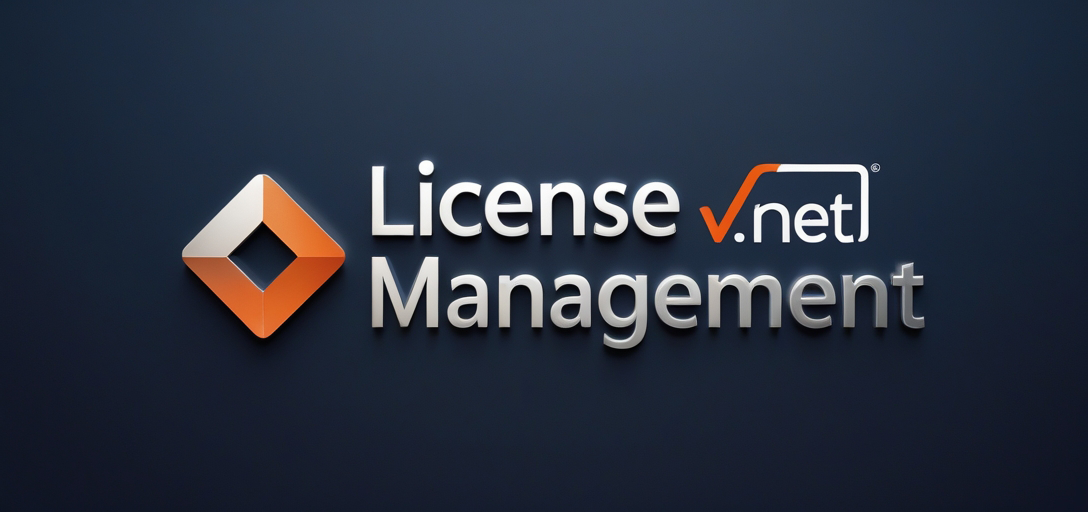Mastering License Management in GroupDocs.Viewer for .NET
A Comprehensive Guide
Introduction
Integrating a robust document viewing solution into your .NET applications can be challenging, but with GroupDocs.Viewer for .NET, you have an enterprise-level library offering seamless document rendering capabilities. This tutorial will guide you through setting up and managing licenses using both file paths and embedded resources in C#. By the end of this article, you’ll master:

- Setting a GroupDocs.Viewer .NET license from a file path
- Loading a license from an embedded resource within your application assembly
- Understanding various licensing options for GroupDocs.Viewer
Explore how these methods can simplify your integration process.
Prerequisites
Before diving into the tutorial, ensure you have:
- .NET Framework 4.7.2 or later, required by GroupDocs.Viewer.
- A basic understanding of C# and .NET project structure.
- Visual Studio installed to manage your development environment efficiently.
Setting Up GroupDocs.Viewer for .NET
To begin using GroupDocs.Viewer, you must first install the library in your .NET application. You can do this easily via NuGet Package Manager or the .NET CLI:
NuGet Package Manager Console
Install-Package GroupDocs.Viewer -Version 25.3.0
.NET CLI
dotnet add package GroupDocs.Viewer --version 25.3.0
Acquiring a License
Before initializing the library, ensure you have acquired the appropriate license:
- Free Trial: Obtain a free trial license to evaluate all features.
- Temporary License: Request a temporary license for more extended evaluation periods.
- Purchase: For long-term use and full feature access, consider purchasing a permanent license.
To initialize GroupDocs.Viewer with your chosen licensing method, include the following basic setup in C#:
using System;
using GroupDocs.Viewer;
class Program
{
static void Main()
{
License license = new License();
// Basic initialization code goes here.
Console.WriteLine("GroupDocs.Viewer initialized successfully.");
}
}
Implementation Guide
Setting License from File
This method allows you to set a license using a file path, ideal for applications where the license file is stored separately or needs to be managed across multiple environments.
Overview
Setting a license from a file involves checking the existence of the license file and then applying it using GroupDocs.Viewer’s License class.
Implementation Steps
1. Define License Path Start by specifying the path to your license file:
string licensePath = Path.Combine("YOUR_DOCUMENT_DIRECTORY", "YourLicense.lic");
2. Check File Existence Ensure the license file exists before attempting to set it:
if (File.Exists(licensePath))
{
License license = new License();
license.SetLicense(licensePath);
Console.WriteLine("License set successfully from file.");
}
else
{
Console.WriteLine("License file not found.");
}
Setting License from Embedded Resource
For applications where you want to package everything within your assembly, loading a license as an embedded resource is optimal.
Overview
This method embeds the license file in your project’s resources and loads it at runtime.
Implementation Steps
1. Define Resource Name Ensure your license file is set as an embedded resource in your project:
string resourceName = "YourAssemblyName.YourLicense.lic";
2. Load Stream from Embedded Resource Retrieve the resource stream using reflection:
using System.Reflection;
using System.IO;
Assembly assembly = Assembly.GetExecutingAssembly();
using (Stream stream = assembly.GetManifestResourceStream(resourceName))
{
if (stream != null)
{
License license = new License();
license.SetLicense(stream);
Console.WriteLine("License set successfully from an embedded resource.");
}
else
{
Console.WriteLine("License file not found in embedded resources.");
}
}
Practical Applications
Here are some real-world scenarios where you might use these licensing methods:
- Enterprise Document Management: Embedding the license ensures consistent deployment across servers.
- Cloud Services: Using file paths allows dynamic updates and central management of licenses.
- Portable Solutions: For applications distributed as standalone packages, embedded resources maintain integrity and ease.
Performance Considerations
When implementing GroupDocs.Viewer, consider these performance tips:
- Optimize resource usage by managing streams properly in the embedded license method.
- Use asynchronous operations where possible to enhance application responsiveness.
- Regularly update your GroupDocs.Viewer version for performance improvements and bug fixes.
Conclusion
This tutorial provided a comprehensive guide on setting up and managing licenses for GroupDocs.Viewer in .NET applications. Whether you choose to use file paths or embedded resources, both methods offer flexibility depending on your deployment scenario. Now that you’ve learned how to manage licenses effectively, explore further functionalities of GroupDocs.Viewer and enhance your document rendering solutions.
FAQ Section
Q1: What happens if the license file is missing? A1: The application will not unlock all features and may operate in a restricted mode or display an error message prompting you to set the license correctly.
Q2: Can I switch between licensing methods easily? A2: Yes, both methods are straightforward and can be implemented with minimal changes based on your project’s needs.
Q3: What should I do if my application fails to find the embedded resource? A3: Ensure that the license file is correctly marked as an “Embedded Resource” in your project settings.
Q4: How long does a temporary license last? A4: A temporary license typically lasts for 30 days, but this can vary based on GroupDocs’ policies at the time of request.
Q5: Can I distribute applications with embedded licenses to other developers? A5: Yes, as long as you comply with GroupDocs’ licensing agreements. Ensure that the embedded resource is accessible within your application’s assembly.
Resources
For further assistance and detailed documentation, refer to these resources:
- Documentation: GroupDocs.Viewer for .NET Documentation
- API Reference: GroupDocs API Reference
- Download: Latest Releases
- Purchase: Buy GroupDocs License
- Free Trial: Try GroupDocs for Free
- Temporary License: Request Temporary License
- Support: GroupDocs Forum
By following this guide, you should now feel confident in managing GroupDocs.Viewer licenses within your .NET applications. Happy coding!